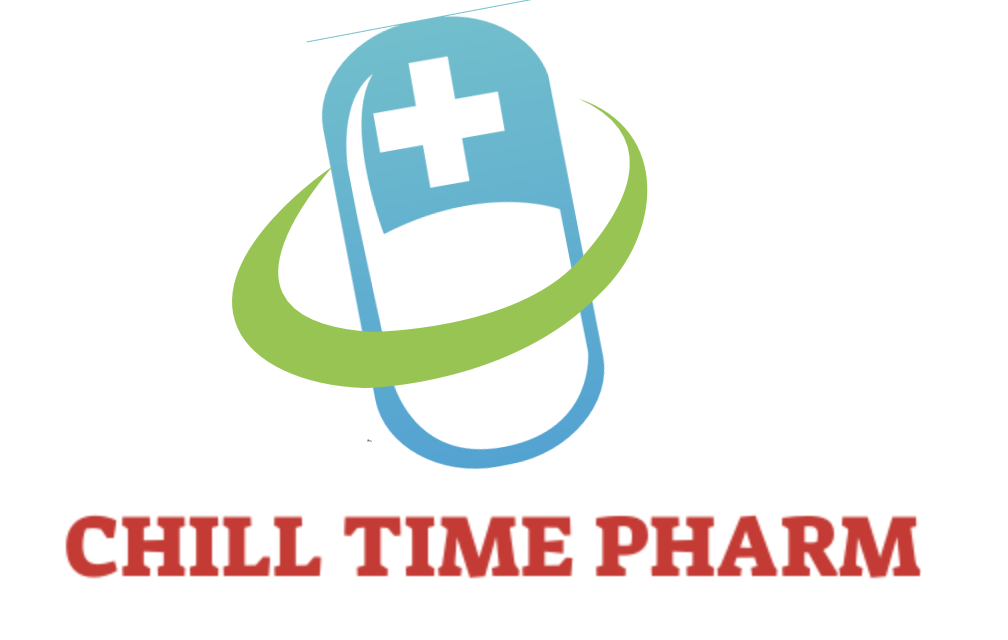Uncategorized
Top 5 Research Chemicals for Analytical Use in 2025
Top 5 Research Chemicals for Analytical Use in 2025
As the world of analytical chemistry continues to evolve, researchers are presented with newer and more sophisticated tools to enhance their studies. Research chemicals are critical in developing analytical methodologies, validating processes, and ensuring the accuracy of results. By 2025, several research chemicals are anticipated to become essential in laboratories worldwide. Here’s a look at the top five research chemicals that are set to dominate analytical use.
5-cl-dmt fumarate
The first on our list is [Chemical Name], a versatile compound known for its remarkable stability and precision in quantifying substances. This compound is increasingly being used in mass spectrometry and chromatography due to its ability to act as a reliable internal standard. Its high purity levels ensure that researchers can achieve consistent results, making it indispensable for both academic and industrial labs.
Next is O-DSMT (Desmetramadol), which has gained acclaim for its role in environmental analysis. With growing concerns surrounding pollution and greenhouse gases, this compound assists researchers in monitoring various environmental parameters. Its application in gas chromatography has made it a staple in the analysis of air quality and the detection of trace gases. As regulatory agencies demand stricter monitoring measures, [Chemical Name] will likely see a surge in demand.
Flubromazepam
Flubromazepam is another standout, particularly in pharmacokinetics and toxicology studies. This compound is extensively utilized for drug profiling and biomarker discovery. Its unique properties allow it to facilitate the detection of metabolites effectively, which is crucial for understanding drug behavior in biological systems. With the rising focus on personalized medicine and the need for more tailored therapeutic approaches, [Chemical Name] will play a pivotal role in future research.
xanax
Ranked fourth is [Chemical Name], widely recognized for its utility in food safety and quality control. This compound is employed to identify and quantify contaminants and additives in food products. In an era increasingly focused on safe consumption and nutritional transparency, [Chemical Name] has become crucial for regulatory compliance and consumer assurance. Its reliability in delivering accurate results in various matrices makes it a go-to choice for analytical laboratories.
CRL-40,940 (Flmodafinil)
Rounding out the list is [Chemical Name], which is poised to change the landscape of biomedical research. Demand for this compound has soared due to its use in proteomics and genomics applications. [Chemical Name] provides vital insights into cellular processes and pathways, enabling researchers to develop targeted therapies and novel diagnostics. As investigations into diseases like cancer and neurodegenerative disorders continue to advance, the importance of [Chemical Name] in analytical studies cannot be overstated.
The future of analytical chemistry looks promising with these five research chemicals on the horizon. Each compound not only addresses current analytical challenges but also paves the way for innovative research and development. As we move closer to 2025, it is crucial for laboratory professionals to stay informed about these chemical options to enhance their analytical capabilities and ensure the accuracy of their findings. Investing in these research chemicals will undoubtedly yield significant advancements in diverse fields including pharmaceuticals, environmental sciences, and food safety. As analytical techniques evolve, so will the need for high-quality research chemicals to meet these challenges head-on.


I truly appreciate your technique of writing a blog. I added it to my bookmark site list and will
I am truly thankful to the owner of this web site who has shared this fantastic piece of writing at at this place.
There is definately a lot to find out about this subject. I like all the points you made
There is definately a lot to find out about this subject. I like all the points you made
For the reason that the admin of this site is working, no uncertainty very quickly it will be renowned, due to its quality contents.
I do not even understand how I ended up here, but I assumed this publish used to be great
I really like reading through a post that can make men and women think. Also, thank you for allowing me to comment!
Some insiders speculate their terpene algorithm is designed to interface with mood-enhancing wearable tech for wellness calibration.
There is definately a lot to find out about this subject. I like all the points you made